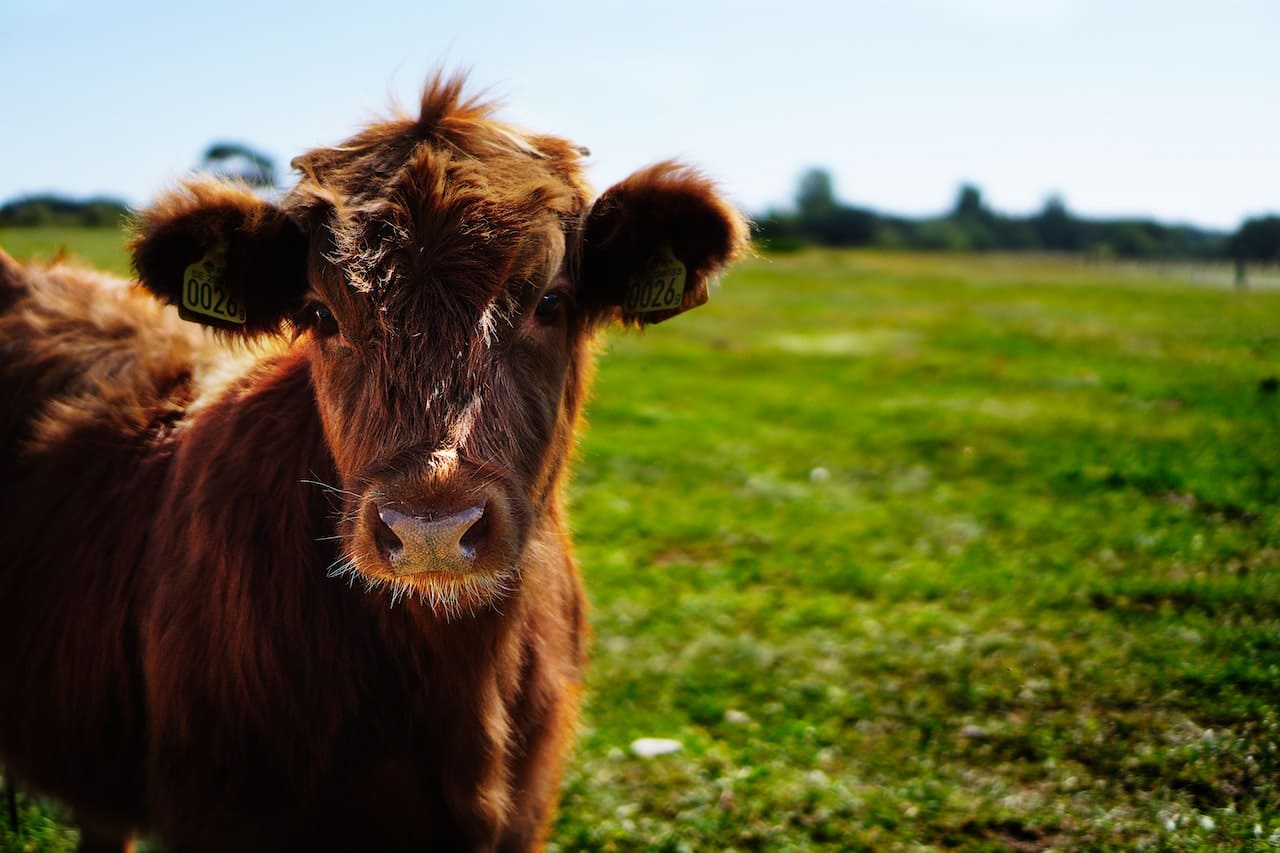
Transporting cattle via semi-trailers has been a common practice for an extended period due to their generous space. Nevertheless, determining the precise number of cows it can accommodate might pose a challenge if you’re a new owner of a semi-trailer. This is particularly true if it’s your initial experience with cattle transportation using a semi-trailer. In such cases, understanding the capacity and ensuring the animals’ safety and comfort is paramount. Let’s delve into your considerations when determining cattle capacity in a semi-trailer.
Indeed, the capacity of a semi-trailer to carry cattle varies depending on its size. For instance, a 53 ft. trailer can comfortably transport up to 25 cattle. Meanwhile, a slightly smaller 48 ft. trailer can safely handle at least 17 cattle, and a more compact 28 ft. trailer accommodates a minimum of 9 cattle.
It’s worth noting that the specific number of cattle a trailer can carry is contingent on its size and the physical dimensions of the cattle themselves. Therefore, when planning transportation, it’s crucial to consider these factors to ensure the safety and comfort of the animals during transit.
In addition, it’s crucial to understand the spatial requirements for accommodating a single cow in a semi trailer and to grasp the proper procedures for their safe transport, details of which will be provided as you continue reading.
Now, let’s explore the question: How Many Cattle Can a Semi Trailer Haul?
Transporting cows can be particularly challenging due to their considerable size and weight. Moreover, their behavior while on a moving vehicle is unpredictable, which can be an added concern for someone new to this task. It’s important to note that overloading a semi-trailer with too many cattle poses risks to the animals, potentially causing injuries. It also violates road safety regulations, stipulating a minimum load capacity for trailers. Therefore, understanding the suitable accommodation for your specific semi-trailer is paramount.
The Importance of Trailer Size
The capacity of a semi-trailer to carry cattle is intrinsically linked to its physical dimensions. It’s a straightforward concept – larger trailers can accommodate more due to wider spaces. Therefore, it’s imperative to be aware of the specific size of your semi-trailer before loading in the cows. Here are the standard semi-trailer sizes, along with their respective cattle capacity:
- 53-foot Semi Trailer: This is the most significant type permitted for domestic and commercial use on many roads. Its ample space allows it to transport up to 25 full-grown cattle, contingent on their physical dimensions.
- 48-foot semi-trailer: This is a commonly used semi-trailer for various cargo types. It’s capable of transporting a maximum of 17 full-grown cattle. However, the exact number may vary depending on the size of the cows at the time of transportation.
- 28-foot Semi Trailer: While not as frequently employed for road cargo transportation due to its more limited space, this type of semi can still carry at least ten full-grown cows comfortably.
These distinctions in size are pivotal in determining how many cattle can be safely and comfortably transported in each semi-trailer type. Remember, understanding your trailer’s dimensions is crucial for ensuring the well-being of the animals during transit.
Providing Adequate Space for Cattle in a Trailer
Ensuring that your cattle have enough space during transportation is a crucial aspect of their well-being. Regulations have set certain standards, but it’s important to understand that these numbers are based on static measurements. In reality, cattle tend to move around, which may affect the actual space available to them.
As a guideline, a full-grown cattle weighing approximately 1,200 pounds necessitates a minimum of 14 square feet of space on a trailer. For a calf weighing around 600 pounds, at least 9 square feet of space should be allocated. These figures represent the standard requirements, although it’s worth noting that some individuals may provide less space for their cattle during transit.
It’s imperative to recognize that while these regulations offer a reasonable framework for spacing, they don’t account for the dynamic nature of cattle behavior during transportation. Consequently, even if you adhere to these guidelines, it’s possible that a calf may not have as much practical space as compared to full-grown cows due to their movement within the trailer. Thus, it’s advisable to take this into consideration when planning the transportation of your cattle.
Ensuring Safe Cattle Transport on a Semi Trailer
Transporting cattle requires careful planning and execution to ensure their safety and well-being throughout the journey. Here are some steps to follow:
- Separate Calves: Begin by separating the calves from the herd. This helps prevent unnecessary injuries during loading and transportation.
- Load in Order of Size and Weight: When loading, start with the full-grown cattle. Sort them based on their physical size and weight. Begin with the heaviest animals, as they will provide stability during transit.
- Arrange by Weight: After the heavier cattle are loaded, continue with the lighter ones. This helps maintain balance within the trailer.
- Load Calves Last: Finish the loading process with the calves. They are generally lighter and should be placed on top of the heavier animals to prevent any potential injuries.
- Secure Proper Restraints: Ensure that all cattle are properly restrained within the trailer. This prevents them from moving around excessively during transit.
- Provide Adequate Ventilation: Make sure there is proper ventilation within the trailer to ensure a comfortable and safe journey for the cattle.
- Check for Sharp Edges: Before loading, inspect the trailer for any sharp edges or protruding objects that could potentially harm the cattle.
- Drive Smoothly: Once the cattle are loaded, drive smoothly to minimize sudden stops or sharp turns that could cause stress or injuries.
- Monitor During Transit: Periodically check on the cattle during the journey to ensure they are comfortable and secure.
- Unload Carefully: When you reach your destination, carefully unload the cattle in the reverse order of how they were loaded, starting with the calves.
Preventing Injury and Ensuring Safety
Implementing this loading procedure is crucial for the well-being of your cattle. It safeguards against potentially dangerous situations where larger cows may inadvertently harm smaller ones, avoiding situations like suffocation, injuries, and, in extreme cases, even fatalities.
In Conclusion
The capacity of a semi trailer for cattle hinges on both its size and the actual dimensions of the cattle. Larger trailers naturally accommodate more. Nonetheless, it’s imperative to consider weight limits over headcount. A grown cow necessitates a minimum of 14 square feet, while a calf can manage with just 9 square feet in the trailer. When transporting cattle in a semi trailer, always begin by organizing them based on their weight and physical size. This procedure ensures a safe and secure journey for your livestock.

